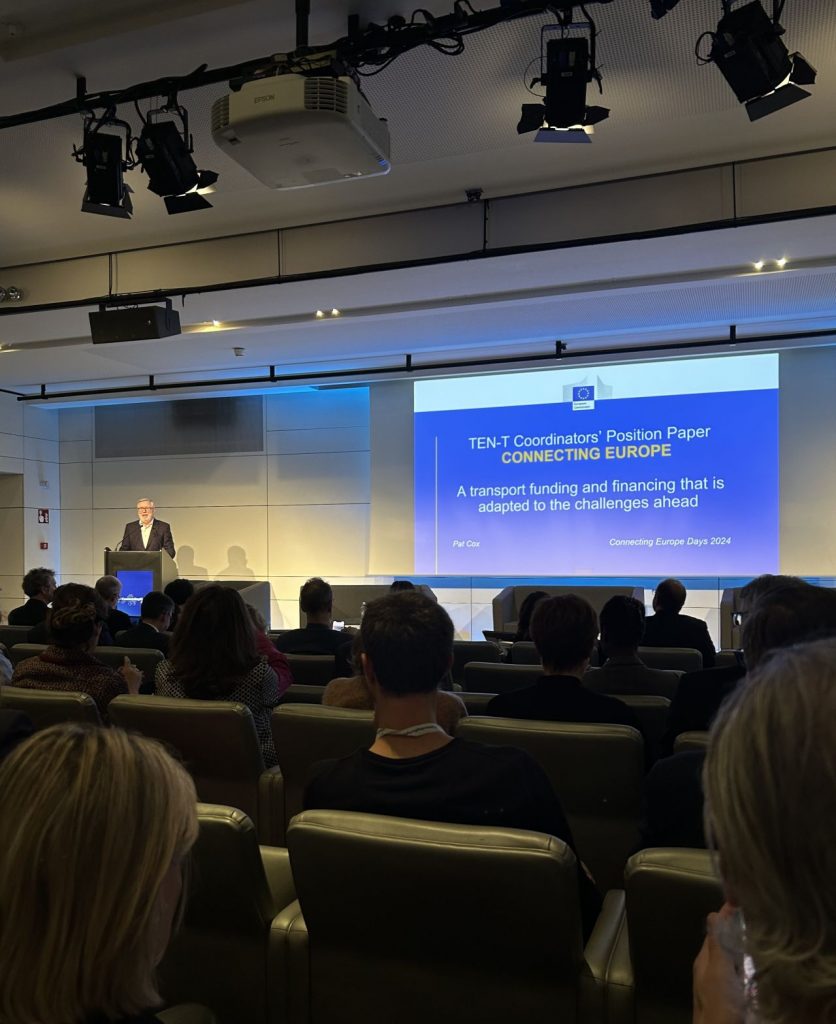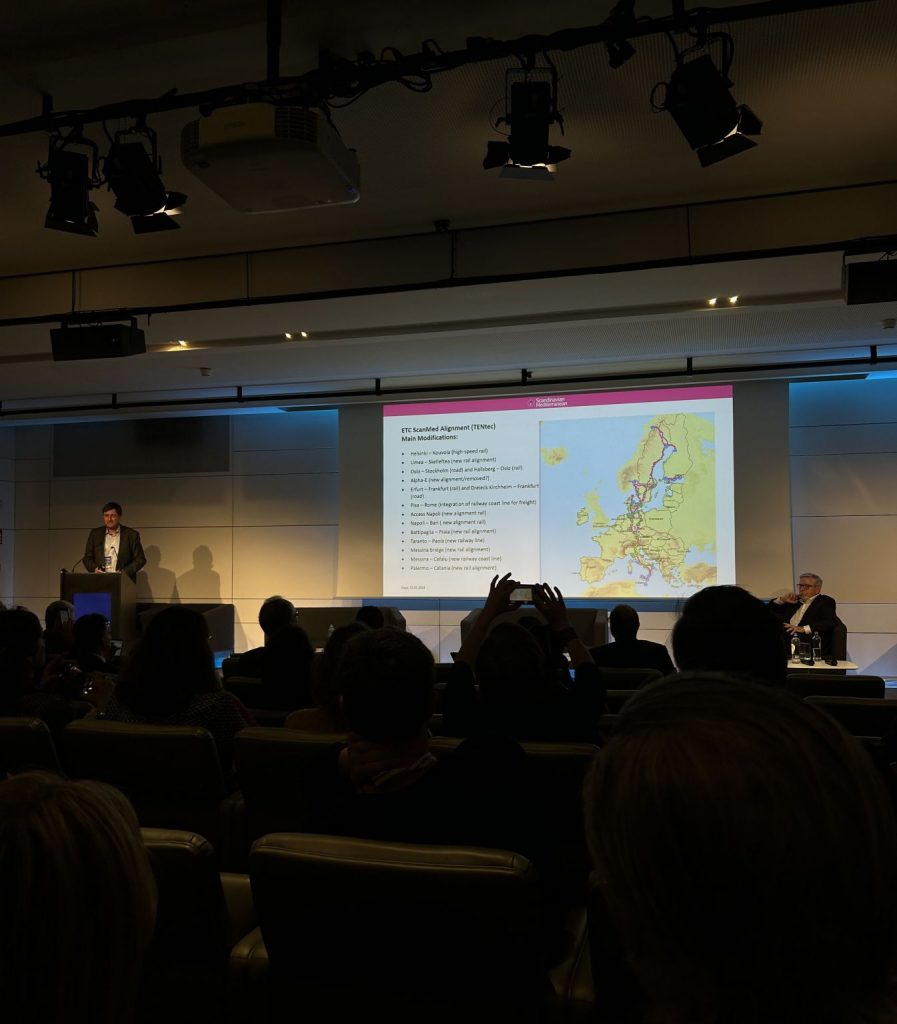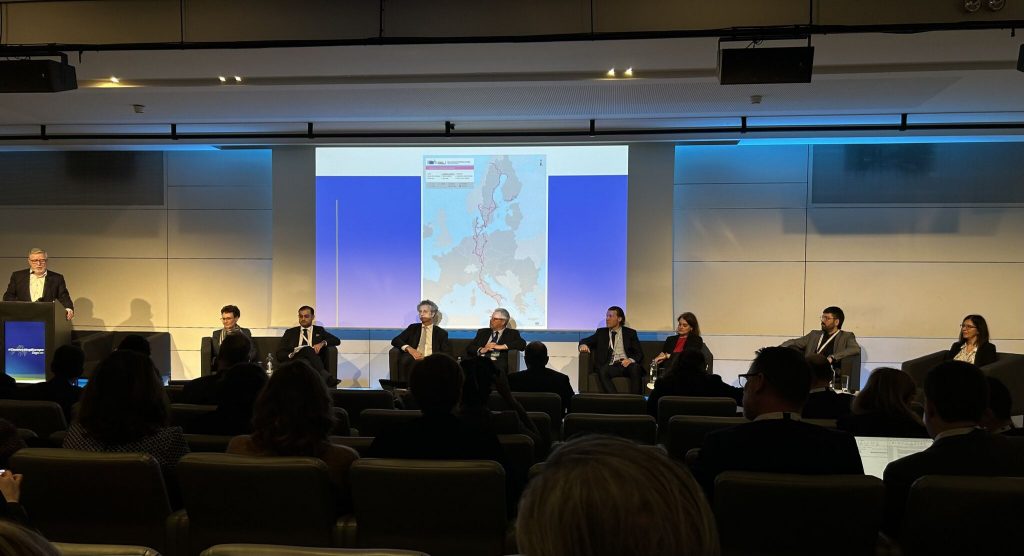
What future for the TEN-T?
At the Connecting Europe Days, during the meeting dedicated to the Scandinavian-Mediterranean European Transport Corridor, EU Coordinator Pat Cox summarised the key elements of the TEN-T Coordinators’ Position Paper on the future of transport infrastructure funding and financing.
According to the European Commission, the investments needed to complete the TEN-T could amount to staggering figures:
- ~ €515 billion for the core network by 2030
- ~ €330 billion for the core & extended network by 2040
- ~ €65 billion for greening and digitalising the network
- additional costs for adapting the network to climate change and military mobility
To meet these needs will require mobilising sufficient financial resources, both private and public. As a result, the Coordinators recommend the following:
- Finding new ways to finance TEN-T
- Attracting more private investments
- Increasing the EU’s own resources
- Making EU funding more effective through simplification, synergies, and better targets


Given the incoming merger between the RFC and the CNC, the ScanMed Corridor will soon have an additional 682 km of railway lines, bringing its rail network to a total of 12.622 km. This amount, which stems not just from the 2023 TEN-T regulation revision but also from the 2021 CEF-II regulation, represents a considerable expansion from the initial 9.690 km envisaged with the establishment of the TEN-T in 2013.
This considerable expansion only further highlights the significance of funding transport infrastructure. Today, the TEN-T is still far from complete. Much will depend not just on funding and financing, but also on a reinforced governance and a strong cooperation with all stakeholders. We stand ready to contribute however we can.
To read the full paper, click here.


